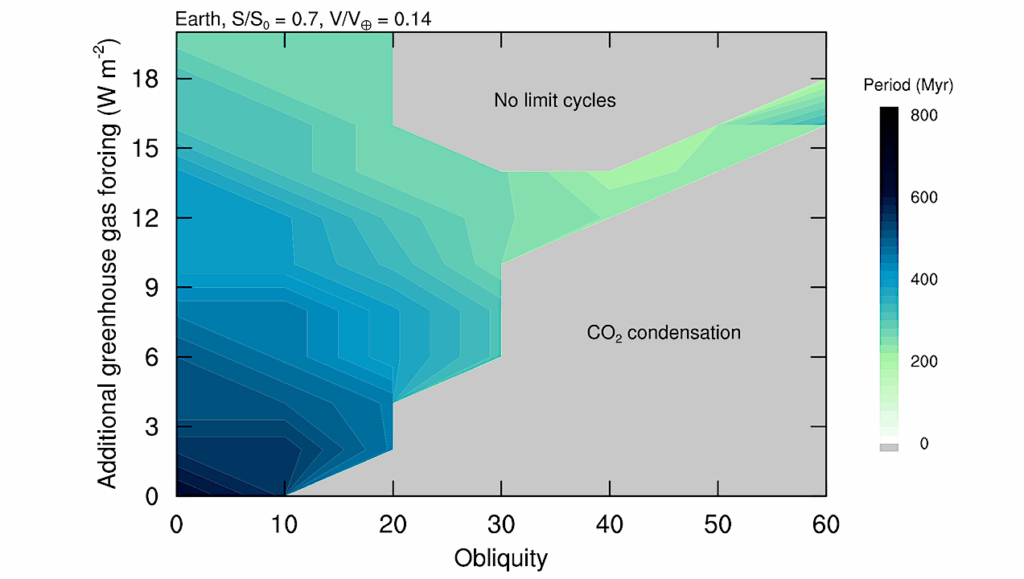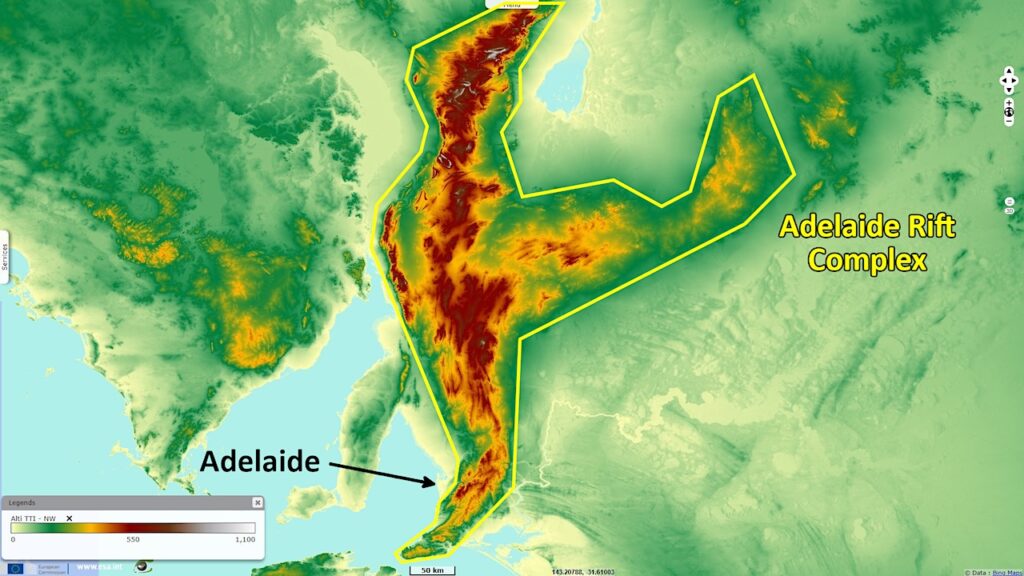Retention Of Water In Terrestrial Magma Oceans And Carbon-rich Early Atmospheres

Massive steam and CO2 atmospheres have been proposed for magma ocean outgassing of Earth and terrestrial planets.
Yet formation of such atmospheres depends on volatile exchange with the molten interior, governed by volatile solubilities and redox reactions.
We determine the evolution of magma ocean-atmosphere systems for a range of oxygen fugacity, C/H ratio and hydrogen budget that include redox reactions for hydrogen (H2-H2O), carbon (CO-CO2), methane (CH4), and solubility laws for H2O and CO2 for silicate melts. We find that small initial budgets of hydrogen, high C/H ratios, and oxidising conditions, suppress outgassing of hydrogen until the late stages of magma ocean crystallisation.
Hence early atmospheres in equilibrium with magma oceans are dominantly carbon-rich, and specifically CO-rich except at the most oxidising conditions. The high solubility of H2O limits its outgassing to melt fractions below ∼30\%; the fraction at which the mantle transitions from vigorous- to sluggish convection with melt percolation. Inefficient melt percolation may prevent further crystallisation before a surface lid forms, which can delay or prevent most water (>75\%) from outgassing, thereby hindering the formation of surface oceans.
Alternatively, with efficient melt percolation or mechanism to break the lid, a molten surface could be maintained, enabling the transition from a CO-rich to water-rich atmosphere during the late stage of crystallisation. We conclude that a large fraction of the water delivered to terrestrial planets over their accretion histories may be safely harboured in their interiors during the magma ocean phase and outgas only gradually over geological timescales.
Dan J. Bower, Kaustubh Hakim, Paolo A. Sossi, Patrick Sanan
Comments: 33 pages, 16 figures, revised version submitted to The Planetary Science Journal
Subjects: Earth and Planetary Astrophysics (astro-ph.EP)
Cite as: arXiv:2110.08029 [astro-ph.EP] (or arXiv:2110.08029v1 [astro-ph.EP] for this version)
Submission history
From: Dan Bower
[v1] Fri, 15 Oct 2021 11:51:55 UTC (2,945 KB)
https://arxiv.org/abs/2110.08029
Astrobiology,








